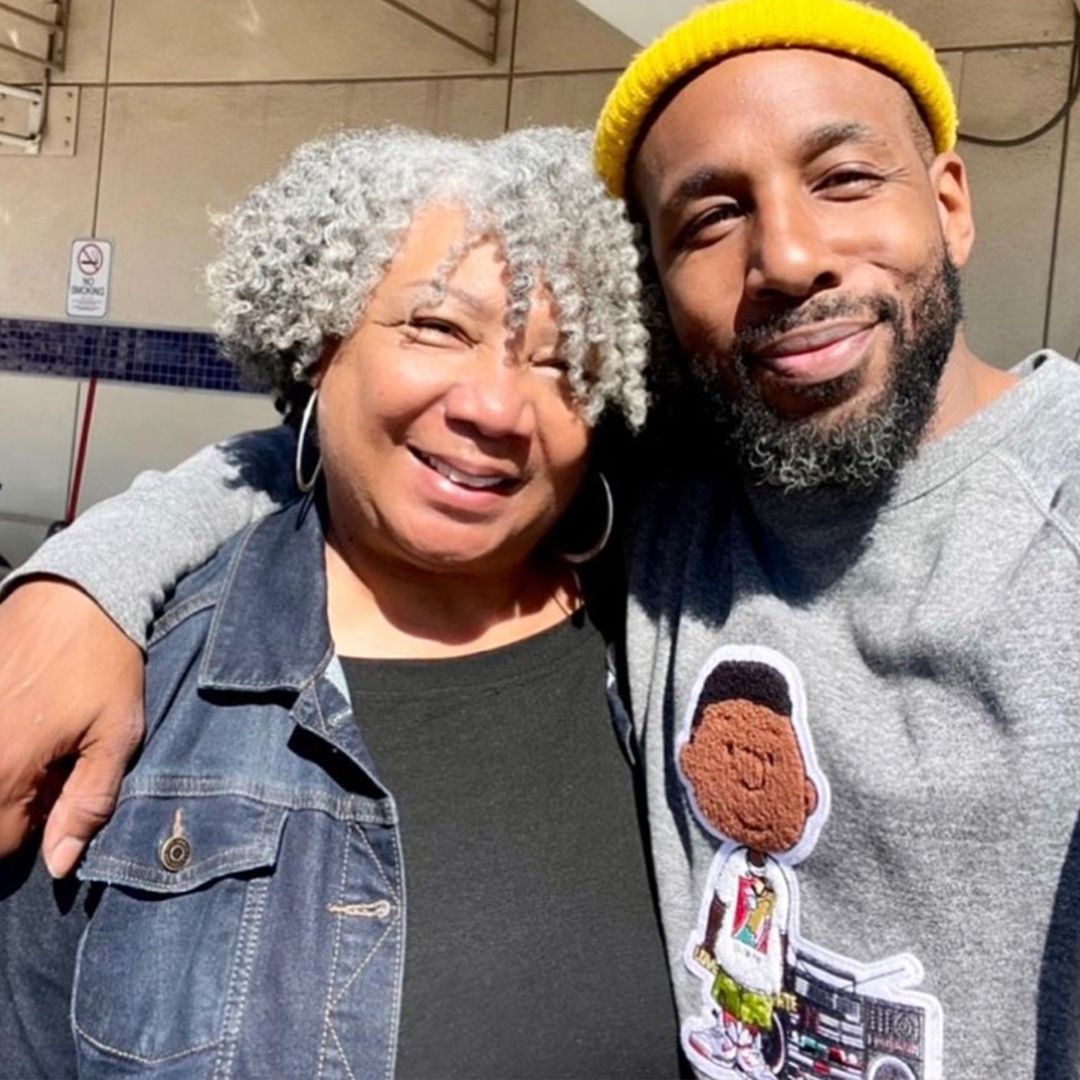
New census data gives the clearest picture to date of the impact of the historic 2015 Supreme Court ruling that legalized same-sex unions. Of the nation’s 127 million households in 2020, roughly 1.2 million were same-sex couples–635,000 of which are married and 508,000 unmarried. While the data is limited, it’s the most complete information on same-sex couples to date, offering a look at breakout by location and race. And it offered some interesting comparisons to opposite-sex couples as well.
“While there were significantly more opposite-sex spouses (58.0 million) than opposite-sex partners (8.3 million) in 2020, the gap was much narrower among same-sex couples: There were 668,497 same-sex spouses compared to 500,073 same-sex partners,” the Census Bureau wrote in a press release.
Overall, same-sex couples made up 1.7% of the total number of coupled households.
The District of Columbia had the largest share of same-sex married-couple households (1.4% and 1.2%, respectively). Vermont, Massachusetts and Hawaii had 0.8% shares. And Washington state, California, Florida, Maine, Nevada, and Oregon had 0.7%.
North Dakota, South Dakota, and Puerto Rico had the smallest number of same-sex married couples, tied at 0.2% each.
One-person households were on the rise from 1990 to 2020, but the majority of homes were married couples, with nearly two-thirds of households having two spouses. That said, the number of married-couple households fell from 55% in 1990 to just 46% in 2020.
Roughly 9 million households were made up of cohabitating couples.
The census also underscored the aging population in the U.S. One in six Americans is now over the age of 65, compared to one in eight a decade ago.
Subscribe to Well Adjusted, our newsletter full of simple strategies to work smarter and live better, from the Fortune Well team. Sign up today.
Read The Full Article Here















:quality(85):upscale()/2025/01/07/813/n/1922564/b63421d9677d72ddd6eff7.56786871_.png)






![Jordan Adetunji – KEHLANI REMIX (feat. Kehlani) [Official Video] Jordan Adetunji – KEHLANI REMIX (feat. Kehlani) [Official Video]](https://i.ytimg.com/vi/EeJ8n5PxFGE/maxresdefault.jpg)

